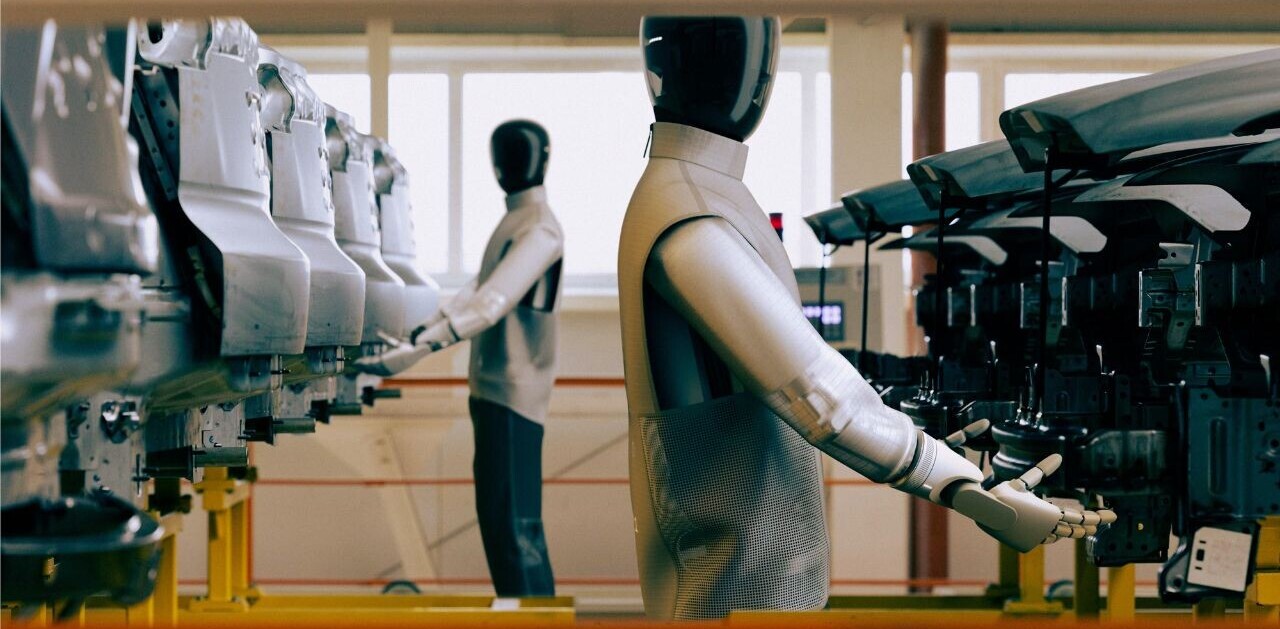1. Micromobilty market consolidation in Europe
Given the speed and timing of COVID, there has been a rapid transformation in the European micromobility market. According to recent news stories and press releases, many of the largest operators have been in active late-stage fundraises to shore up their consumer offers, expand their fleets, and increase their geographic service areas.
Namely, Tier, Voi, and Bolt have been the standout micromobiity operators that have not only weathered the COVID-19 financial storm, but have been able to attract massive equity capital investment, scale their operations, and aggressively hire across all business units. Lime is the one US-based operator in Europe that has been able to sustain their offer in Europe, albeit with investment by Uber and the caveat that 66% of their growth has occurred outside their home US market.
This has left the small to middle-level micromobility operators in a bit of a cash crunch, due to:
- lack of consumer brand recognition;
- lack of geographic coverage, and;
- simply lacking the scale required to succeed in European cities that offer a transit-rich and multi-modal environment.
Therefore, we will see increased mergers and acquisitions of these operators and/or their divestment in the European market in the coming months ahead.
[Read: ]
2. Robotaxis and autonomous deliveries
With the recent acquisition of Moovit by Intel, along with partnerships announced by Lyft, the Zoox driverless shuttle by Amazon, and a high level of activity already in China, we will see continued growth in 2021. Over the past few years, the autonomous vehicle market went through a bit of a hype cycle, peaking in early 2018. Since that point, many OEMs, suppliers, startups, and investors have been scratching their heads wondering what will happen next.
With the advent of COVID-19, social distancing, and public health measures, new use cases and opportunities rapidly opened up over the course of 2020. The market for shared and commercial autonomous vehicles has now eclipsed that for personal autonomous vehicles, thus the pivot towards robotaxis and driverless trucks. This will continue with rapid acceleration in investment, pilots, and commercial partnerships in the coming year. In addition, with widespread stay at home orders, quarantines, and curfews, the market for outdoor dining and home food deliveries has exploded.
Therefore, we will see interesting value propositions from AI and mobility tech startups continue into 2021, related to human-assisted and autonomous deliveries for parcels, packages, and even food to homes and businesses.
3. 15 Minute cities and active transportation
Finally, the most important trend and prediction for the year ahead in 2021 is the widespread adoption by governments of the policies related to ‘15 Minutes Cities.” What started initially in Paris, coupled with a COVID-related expansion of the urban bike network to maintain social distancing and public health, has taken the world by storm.
Almost every major city now has an open street, pop up bike lane, widened pedestrian paths or outdoor dining, and massive increases in cycling and walking. While these policies have always been supported by urban planners and designers to reduce the impact of automobiles, COVID-19 has served as the inflection point in which to enable cities to pursue more long term sustainability initiatives and active transportation infrastructure investments.
While there has been limited pushback from certain individual and auto lobby groups (London and Berlin) towards active transportation measures, 2021 will see continued digital and physical infrastructure investments to support long term urban sustainable shifts away from the private automobile.
This article was written by Scott Shepard, Chief Business Officer, Iomob Technologies, on The Urban Mobility Daily, the content site of the Urban Mobility Company, a Paris-based company which is moving the business of mobility forward through physical and virtual events and services. Join their community of 10K+ global mobility professionals by signing up for the Urban Mobility Weekly newsletter. Read the original article here and follow them on Linkedin and Twitter.

SHIFT is brought to you by Polestar. It’s time to accelerate the shift to sustainable mobility. That is why Polestar combines electric driving with cutting-edge design and thrilling performance. Find out how.
Get the TNW newsletter
Get the most important tech news in your inbox each week.





